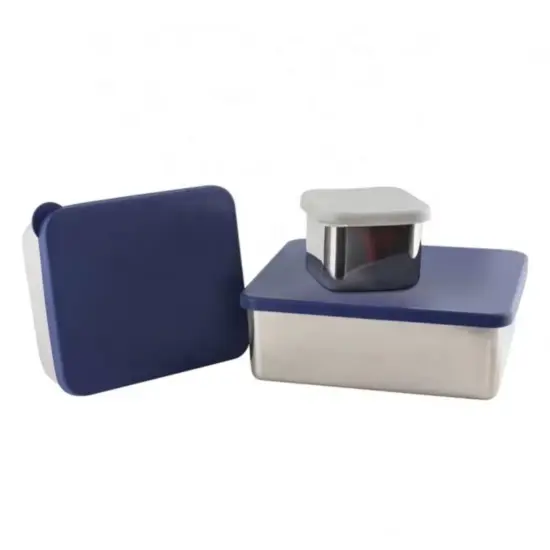jay@nbdho.com
Medical & Care Use Cases: Design Considerations for Hospitals & Caregivers
Article Content
Introduction
Designing products for medical and care environments requires careful attention to usability, safety, and durability. Hospitals, clinics, and caregivers rely on tools and equipment that not only meet regulatory standards but also facilitate daily workflows and patient care. Thoughtful design improves efficiency, reduces errors, and enhances patient comfort. 🏥🩺
1. 🛡️ Safety Considerations
-
Material Selection
-
Use non-toxic, hypoallergenic, and easy-to-clean materials.
-
Avoid sharp edges or small detachable parts that could pose hazards.
-
-
Infection Control
-
Design for easy disinfection and sterilization.
-
Smooth surfaces and minimal seams reduce contamination risk.
-
-
Ergonomics for Staff
-
Adjustable heights, lightweight tools, and intuitive interfaces reduce fatigue.
-
Consider repetitive task movements to prevent injuries.
-
2. ⚙️ Usability & Functionality
-
Intuitive Design
-
Controls, labels, and indicators should be clear and easy to understand.
-
Minimize learning curves for new users or rotating staff.
-
-
Accessibility
-
Ensure products are usable by caregivers of all sizes and physical abilities.
-
Design for both left- and right-handed users where applicable.
-
-
Multi-Purpose Functionality
-
Tools and equipment that support multiple tasks increase efficiency.
-
Modular or adaptable features reduce storage needs and costs.
-
3. 🧴 Maintenance & Longevity
-
Durable Materials
-
Use corrosion-resistant metals, impact-resistant plastics, and robust textiles.
-
-
Easy Cleaning & Disinfection
-
Components should be detachable or wipeable.
-
Provide clear instructions for caregivers on maintenance.
-
-
Replacement & Repair Accessibility
-
Parts should be easy to replace without specialized tools.
-
Minimize downtime to maintain continuous care.
-
4. 👩⚕️ Patient-Centered Considerations
-
Comfort & Experience
-
Soft edges, non-slip surfaces, and noise reduction enhance patient comfort.
-
Color coding or intuitive markings help patients and staff navigate use.
-
-
Safety Alarms & Indicators
-
Visual and audible alerts should be easily recognizable.
-
Consider accessibility for visually or hearing-impaired patients.
-
5. 📦 Regulatory & Compliance
-
Standards & Certifications
-
Ensure compliance with ISO, FDA, or local medical regulations.
-
Include labeling, warnings, and usage instructions clearly.
-
-
Documentation
-
Provide manuals tailored for hospital staff and caregivers.
-
Include troubleshooting guides, maintenance instructions, and safety protocols.
-
Best Practices
-
🌟 Co-Design with Users: Involve caregivers and staff during design to identify pain points.
-
🖼️ Visual Guides: Use icons, labels, and color coding for easier operation.
-
🔄 Iterate Based on Feedback: Regularly update designs based on hospital and caregiver feedback.
-
📦 Consider Supply Chain: Ensure packaging, storage, and distribution support safe handling.
Conclusion
Designing for medical and care environments demands a balance of safety, usability, and patient-centered considerations. By focusing on practical workflows, caregiver efficiency, and patient comfort, hospitals and caregivers can deliver high-quality care while reducing errors and operational challenges. 🏥💡


